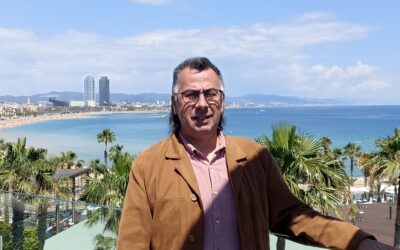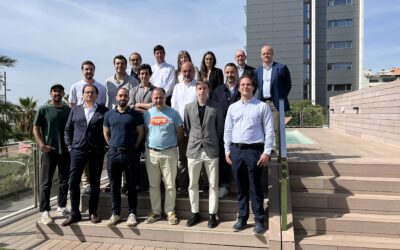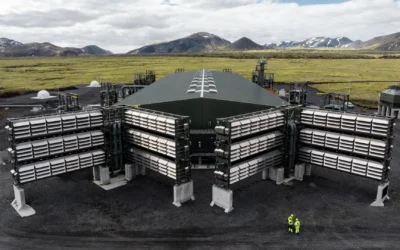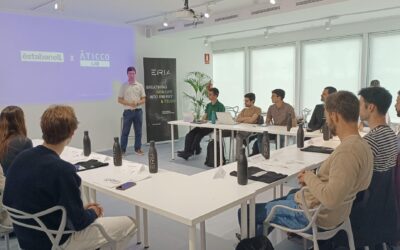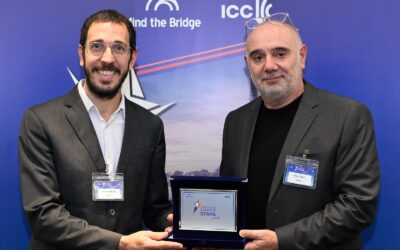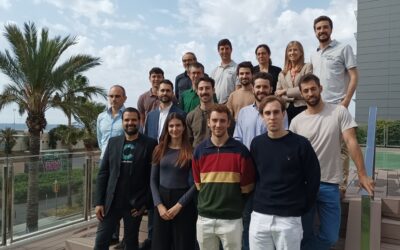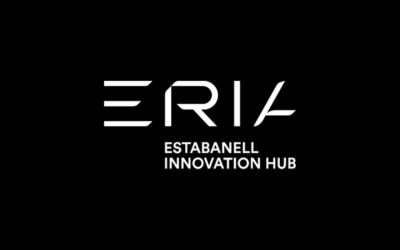The transition to an energy system based on renewable sources is already a reality in Spain. With more than 50% of electricity generated from clean energy and peak loads exceeding 70%, the country is at an advanced stage of integrating renewables. However, the general supply disruption experienced on April 28, 2025 has highlighted an uncomfortable truth: the renewable quota, by itself, does not guarantee the security of the system.
In this context, the recent report by the International Energy Agency (IEA), Integrating Solar and Wind: Global experience and emerging challenges, is of particular relevance. A document that offers clear guidelines on how to maintain stability in electricity systems with high penetration of variable renewables (VRE). At ERIA, we have synthesized the main conclusions and challenges that arise for the Spanish case, especially now that the country is in phases 4-5 of the IEA maturity model.
The challenge of a new stage
The four pillars of a resilient electricity system
The IEA identifies four major pillars that must underpin any electricity system with high penetration of VRE:
1.Flexible generation
2. Energy storage
Batteries are one of the most strategic technologies of the moment. They allow to store excess energy and release it when needed, in addition to offering system services such as frequency stabilization or black start capability (restarting the system after a blackout). When integrated with grid forming converters, they can act as a voltage reference for the network, assuming functions previously performed by conventional synchronous machines.
3. Demand flexibility
4. International interconnections
Emerging strategic technologies
New generation batteries
Their operational versatility makes them a fundamental tool for system stability. Whether intervening in microseconds or holding charge for hours, batteries can dampen the oscillations of renewable generation and act as a source of virtual inertia. Success stories such as those in Australia, China and the United Kingdom demonstrate their feasibility on a large scale.
Grid forming converters
Key proposals for Spain
1. System operation
- Implement rapid reserves: rapid response batteries, flexible generation plants and automatic demand reduction systems must be part of the usual operational landscape.
- Dynamic frequency control: mechanisms such as Fast Frequency Response (FFR) or Frequency Containment Reserve (FCR) allow a rapid response to sudden changes, an especially critical aspect in systems with low inertia.
- Renewable forecasting systems: the combination of sensors, artificial intelligence and advanced meteorological models allows for the anticipation of variations in generation and the activation of corrective mechanisms in advance.
2. Network infrastructure
- Improving international interconnections: increasing energy exchange capacity is essential to guarantee security of supply and economic flexibility.
- Strengthen the transmission and distribution network: it is necessary to build new high-voltage lines, implement devices such as STATCOMs or SYNCONs to stabilize the voltage of the electrical network by compensating reactive power, and digitalize substations to allow more active and efficient management.
- Smart grid deployment: It is necessary to deploy advanced digital technologies and monitoring systems for decentralized control of the electricity grid. Solutions such as advanced distribution management systems, automatic voltage regulators, energy monitoring platforms, distributed sensors and power electronics —such as the IDPR device developed by the startup Energy in The Cloud— allow real-time management of the integration of distributed renewables, optimize the flow of energy and guarantee the stability and reliability of the system.
3. Storage
Storage must play a key role in ensuring the stability and flexibility of the electricity system. It is proposed to deploy grid-scale batteries with grid-forming capabilities, integrate them into renewable plants to dampen their intermittency, and promote new business models that value services such as frequency regulation, black start or voltage stabilization. Distributed batteries in industrial and residential environments are also promoted to provide local flexibility and reduce costs, as well as long-term storage technologies —such as compressed air, flow batteries or green hydrogen— to deal with seasonal imbalances.
4. Demand flexibility
- New participation models: It is necessary to promote the role of aggregator companies, which allow the coordination of the consumption of multiple users as a single block of flexibility and facilitate their access to flexibility markets and system services.
- Economic incentives: Dynamic pricing, availability compensation and access to specific markets are key mechanisms to activate and remunerate demand flexibility.
5. Market development
- Boosting local markets to manage distributed resources and flexibility in areas with specific needs (such as high density of self-consumption or network congestion).
- Implementation of sub-hourly markets with shorter time resolutions (15 or 5 minutes), to improve operational response and reduce costs.
- Adaptation of incentive mechanisms to promote system services such as frequency stability, voltage regulation, virtual inertia or black start capacity.
- Recognition of the strategic value of these services beyond the price of energy, ensuring the viability of technologies such as batteries and grid-forming converters.
6. Regulation and integrated planning
- Joint planning of generation, network and flexibility solutions, to avoid bottlenecks, minimize costs and improve system resilience.
- Close coordination between renewable infrastructure and grid capacity, ensuring that new plants can be efficiently integrated.
- Systematic inclusion of risk scenarios and contingency protocols in the planning and operation of the electrical system.
- Use of Operating Procedures (OP) and Network Codes (NC) to define actions in the event of failures, reduce recovery times and guarantee stability in the face of contingencies.
An opportunity to lead
Spain has one of the cleanest energy mixes in Europe and a growing innovation ecosystem in areas such as clean technologies, battery development and grid digitalization. To turn this advantage into leadership, it is necessary to decisively take on the challenges of this new phase. Stability is not a limit to renewable growth, but its indispensable complement.




